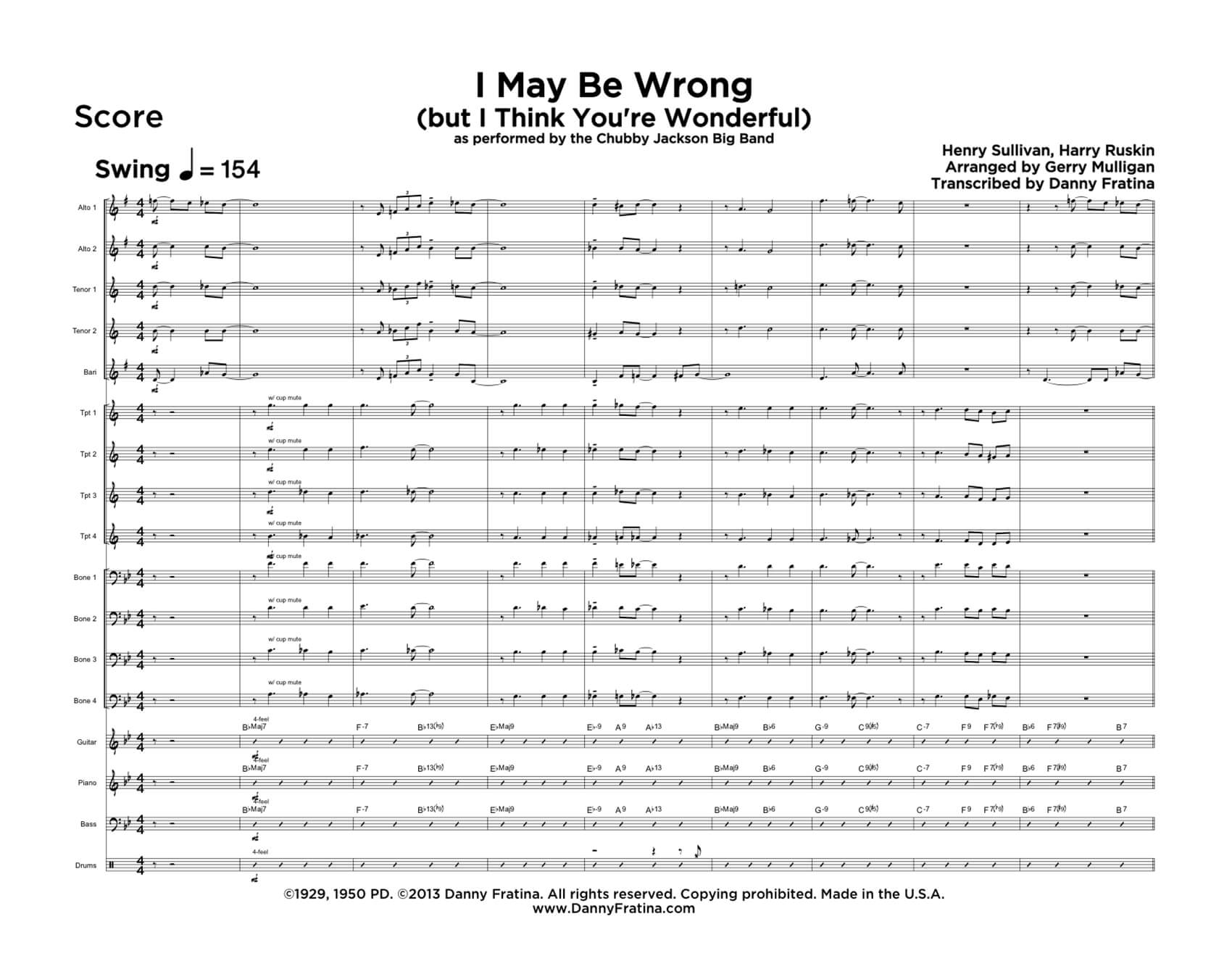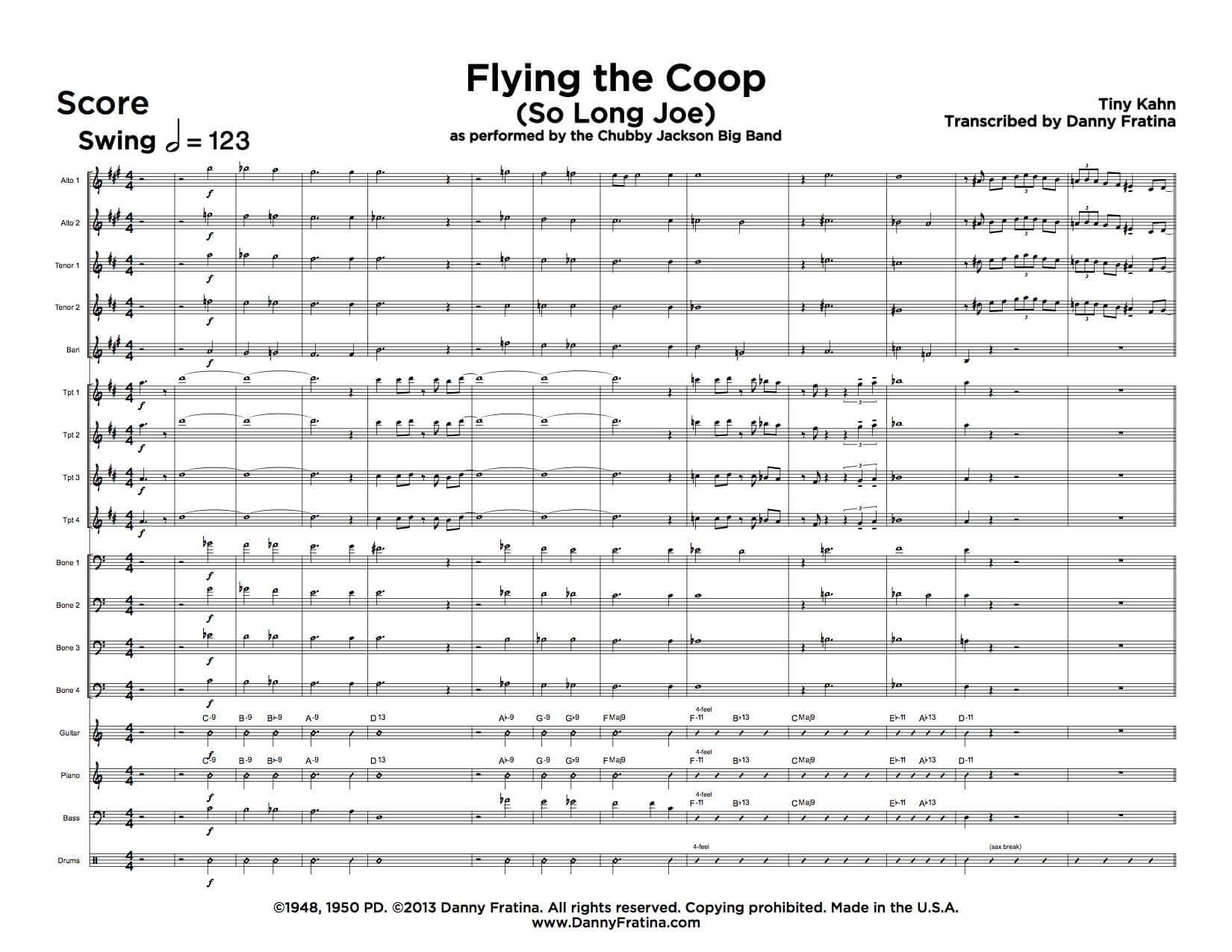Al Porcino died two weeks ago at the age of 88. I never met him, but he is still a definitive part of my own lead playing. Al Porcino might be the greatest lead trumpet player the world has known. At least one of the top guys, along with Snooky Young and Conrad Gozzo. If you’ve listened to big band music, you’ve definitely heard Al Porcino at some point. There are plenty of great articles and interviews out there on him, but one of my favorite quotes comes to me from my colleague Bob Auld:
I had the privilege of hanging out with Al Porcino at a NY Brass Conference sponsored workshop back in the mid-1970’s. Al believed in keeping things as simple as possible when it came to playing lead trumpet in a band. I remember him pointing out, “in any chart that you’re reading, every note is either on the beat or off the beat. Just keep track of that and you won’t mess up the rhythms.”
Makes it seem so easy right?
The most perfect big band album I know is Bill Holman’s 1957 record “In a Jazz Orbit.” Besides the writing, which is both technically amazing and hard swinging, the playing in every chair is a definitive example of the respective instrument’s role in a big band. From Mel Lewis’s setups-so-good-they-should-be-written-into-the-charts to Charlie Mariano’s spot-on lead alto, that never bends too far out of tune, blends seamlessly with the full band, and still leads when he has to. The band is an all-star ensemble that, on nine tracks, creates the quintessential big band album.
On top of all that is a 32-year-old Al Porcino. The highest note on the entire album is maybe a high concert D (to Holman’s credit: high notes don’t necessarily create great tension and excitement!), but the part is still tough work. Holman often writes long sections that precede the shout chorus and roll into them. Porcino not only flies through them, but he makes incredible organic music on each track. More than any other section leader (including the great Carl Fontana), his quarter notes are the perfect length each and every time: not short and clipped, but with enough space to make each one a separate syllable. When he plays, you hear someone speaking. Upbeat 8th notes aren’t rushed, shakes aren’t too wide, dynamics are controlled, and intonation never strays. Perhaps the evenness of the playing keeps his chops in better working order.
It’s the perfect performance and a true model for any aspiring lead player. I transcribed the album a few years ago and when I need to prepare for a lead gig (something I rarely do these days), I put Jazz Orbit on, play it from start to finish in real time, and play along with the Tpt1 parts like it’s a live concert. More than getting my chops where I want them, it refreshes my lead senses. “Oh yeah, I don’t want to clip all these quarter notes and upbeat 8th notes.” “Oh yeah, breathing here and here really brings the phrase to life.”
When I hear Auld’s anecdote, after spending so much time with Porcino’s performances I think I am starting to understand him. Listen to the shout chorus of After You’ve Gone (no idea how long this link will last…) and how totally in control he is. For a lesser player, the tempo would seem hectic and the playing would be frantic. A 24-year old me felt that way at least. For Porcino, it’s just a bunch of downbeats and upbeats.
For Porcino it’s about relaxing and playing with confidence. Confidence in this case is not the kind of confidence that turned the lead trumpet player into a rock star a few decades later, which brought us the super wide shakes and high-note one-upmanship. It’s a confidence in the arranger, trusting that everything he writes is right. It’s respect for the arranger, which he shows by not inserting his own flourishes and not recomposing on the spot. By playing the chart down as solidly as possible, he creates an environment of trust amongst the other players, allowing for tighter sections and a balanced ensemble. The band sounds as good as it does because of Porcino’s composure and quiet assertiveness.
Al Porcino was more than a lead trumpet player. He was an arbiter of good style, a lighthouse that illuminated the best path for the ensemble without so much as a flicker. If you played under him you had no doubts about your part and your focus could stay entirely centered on making beautiful music. Technique and high notes aside, Porcino showed the world that less is more. For 70-odd years we were given amazing musical performances, and for that alone, Al Porcino will always be with us.


